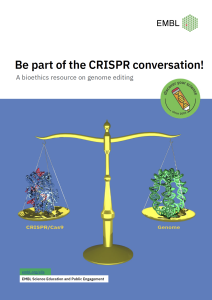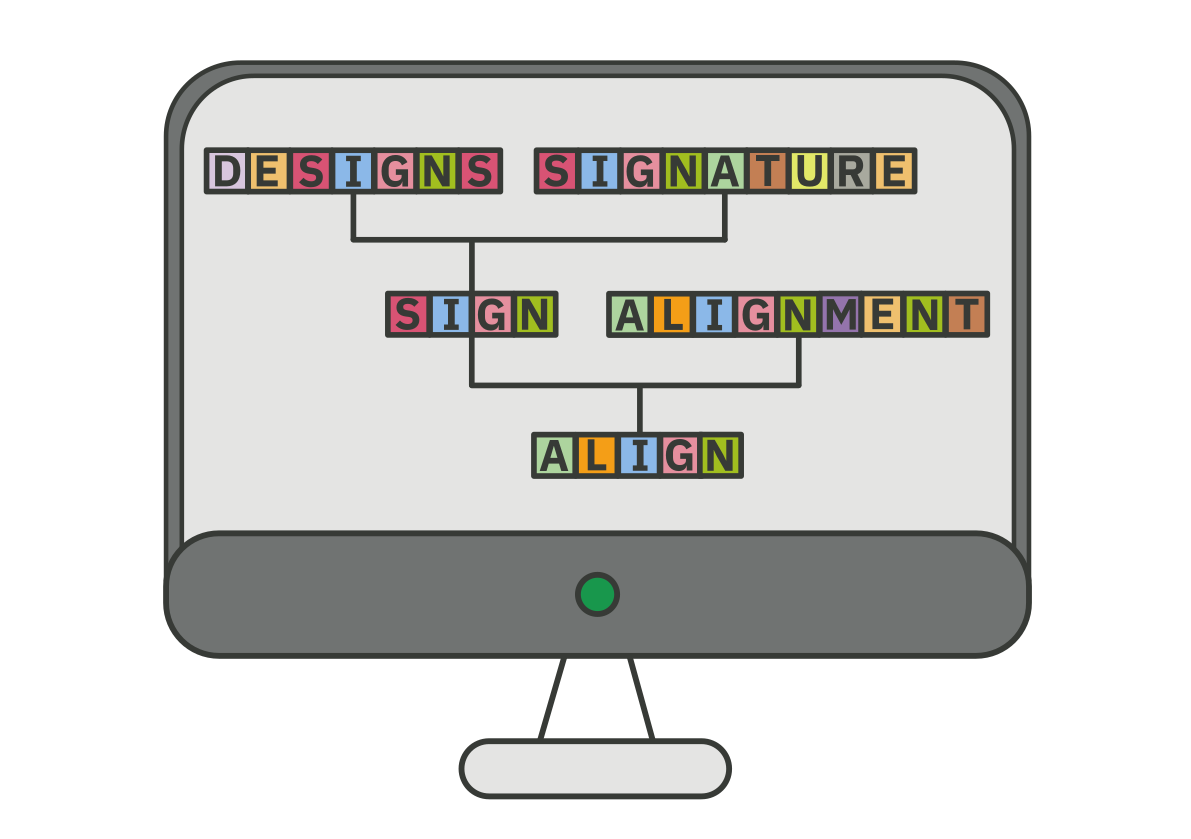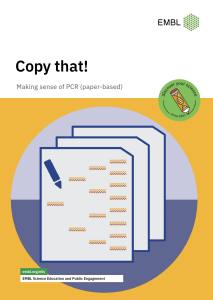
Part 4: Phylogenetic analysis
Overview
After successfully aligning the rhodopsin sequences of the different species with the one from our newly discovered species in Part 3, we will construct a phylogenetic tree of the 21 rhodopsin proteins. A phylogenetic tree is a visual representation that illustrates the evolutionary relationships among different species. This is done by analysing variations in their genetic characteristics, such as differences in DNA and amino acid sequences.
To generate a phylogenetic tree based on our aligned input sequences, we can use the tool Simple Phylogeny.
Your task
Please follow the steps outlined below:
1. Follow the instructions in the “Simple Phylogeny” tab.
2. Try to answer the questions in the “Questions” tab.
Simple Phylogeny
1. Paste all the aligned amino acid sequences, including “CLUSTAL O(1.2.4) multiple sequence alignment”, into the input box (STEP 1) in the window below. (Alternatively, upload this FASTA file containing the sequences from your computer.)
2. In STEP 2, keep the default settings.
3. Submit the aligned sequences for the phylogenetic tree generation.
4. Click on the “Phylogenetic Tree” tab. Results will be displayed as a “Cladogram” as the default. Cladograms represent the branching patterns of species but do not indicate evolutionary time differences between groups. However, by selecting the branch length as “Real,” you can observe the time spans between branching points, which provides additional information in a “real” phylogenetic tree.
5. Analyse the phylogenetic tree structure and attempt to answer some of the task questions based on your observations.
Questions
1. Examine the “real” phylogenetic tree structure. Notice the two sequences that serve as an outgroup to all the others. Which species do these rhodopsin sequences belong to and what characteristics do you believe make them outliers?
2. Observe the “cladogram” structure. The tree initially splits the sequences into three major groups. Does this split generally reflect the evolutionary relationships between the species? Are there any exceptions or inconsistencies?
Activity navigation

Share:
 Deutsch
Deutsch


